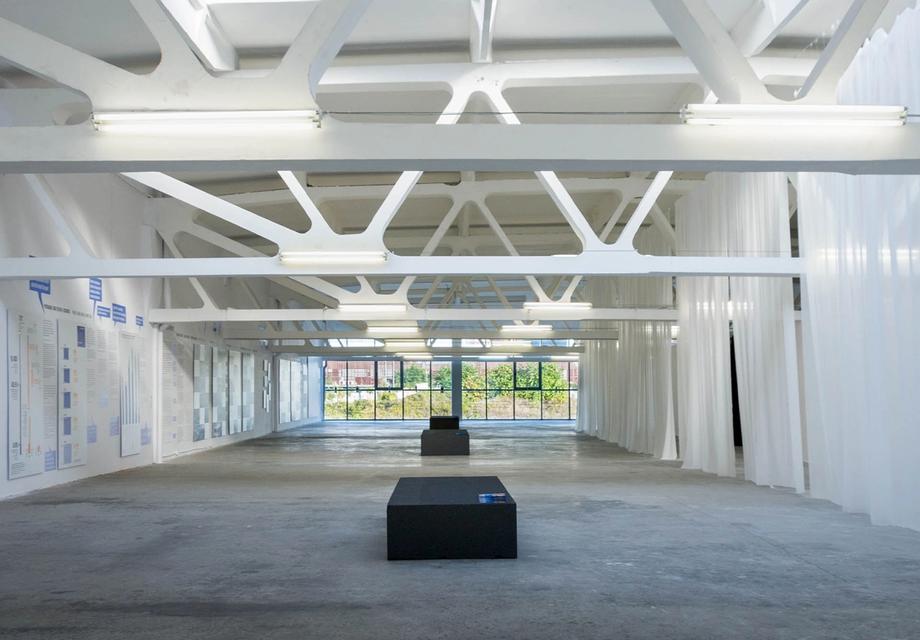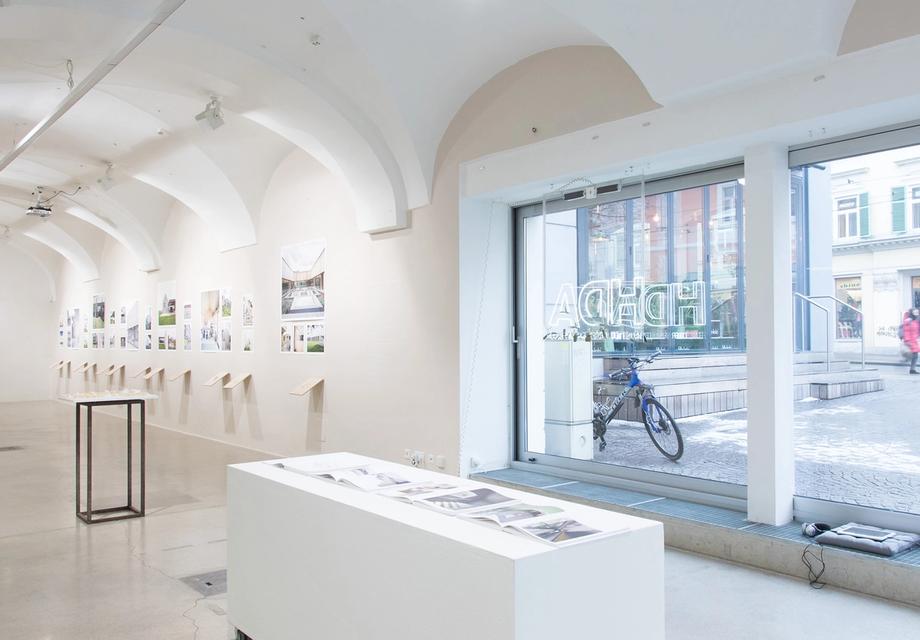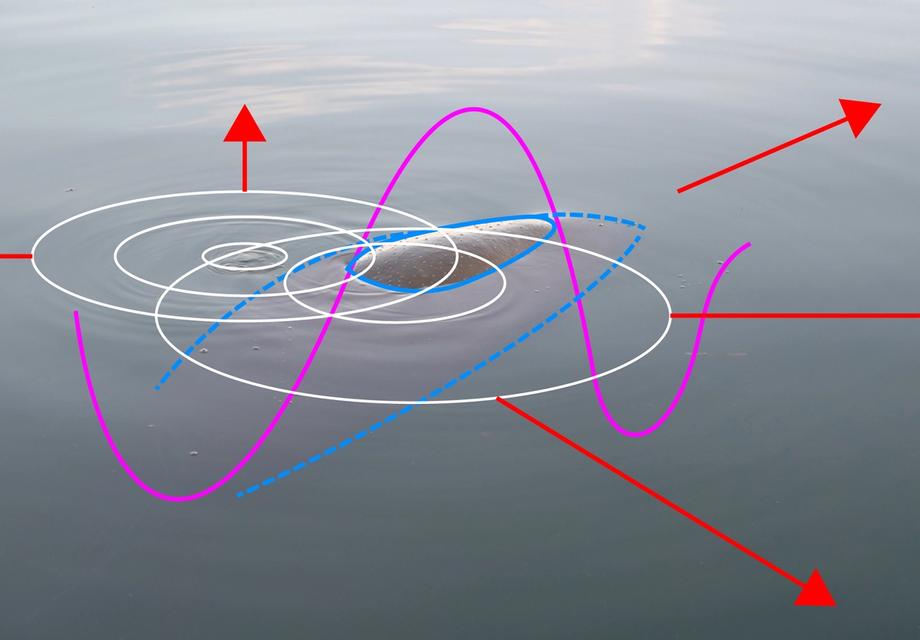Anastassia Smirnova
Concept curator
We all, with rare exceptions, dwell in rooms.
The room is the base unit of a building. It is enclosed and defined by walls, floor and ceiling and usually features windows and doors. A room is not a corridor. Nor is it a hall or a closet. One can define a room almost intuitively. It is a sizable space where something – a lot – can happen. It can be occupied or, in other words, lived in. Our most simple dwelling structures are single or rudimentary rooms: tents, igloos, boxes.
The room is a spatial construct that has changed very little in the course of human history.
It is a constant that has survived many variables. When designing a place for life and work, an architect usually creates rooms: the living cells of most projects. Their proportions, sizes, types of “membranes”, levels of insulation, acoustics and so on, determine how we act and how we feel in a space.
In this pandemic era, we have become hyper-aware of the materiality and dimensions of our rooms. Rooms have somehow become more important. During periods of self-isolation, it is likely a room where you will while the time away. You cannot leave your room so easily anymore; it holds on to you with an unusual centripetal force — and you hold onto it.
The era of video conferencing has exposed our private rooms online. These days, we glimpse each other’s decorated walls or books on shelves in call after call. The fragments of these rooms become part of our own spaces, blurring the boundaries of public and private spheres, of what is tangible inside and what is immaterial elsewhere. The opportunity to peek into these unfamiliar spaces of the others — and have our own projected outwards — is at once entertaining and unsettling.
Future Architecture Rooms
This project, Future Architecture Rooms, is an attempt to build an environment at the intersection of the real and the immaterial.
Twenty-seven institutions, the members of the Future Architecture platform, have constructed a context for exchange, knowledge transfer, discussion, education, and presentation. As a community, the members have created a space that can respond to the effects of the pandemic, without being disrupted by them. It does not represent a total exodus into the digital sphere, but it is a parallel space that allows this pan-European network to develop projects productively beyond its habitual formats of conferences and workshops.
Here, each member of the platform has its own room which serves as a form of online residency. Each institution occupies an equal space, regardless of its real-world size, history or budget. In the rooms the curators and producers, directors and managers as well as their collaborating architects, critics and publics are free to communicate as they wish.
At the moment, every room features a short video about the members’ interests, methods, their teams, but also about buildings and places in which they work. These videos allow us to peek behind the scenes of some of the most interesting critical projects in Europe; to understand the people and spaces behind their institutional logos.
In the coming months, the members will be able to diversify the content and curate their rooms in unique ways. The rooms will be filled with live feeds, texts, comments, open discussions and more.
The project participants also talk about their futures. How are they adapting to the consequences of Covid-19? How are they going to work in the coming months? And how are they approaching the theme of the next Future Architecture platform Open Call, Landscapes of Care?
Enter the rooms …



























